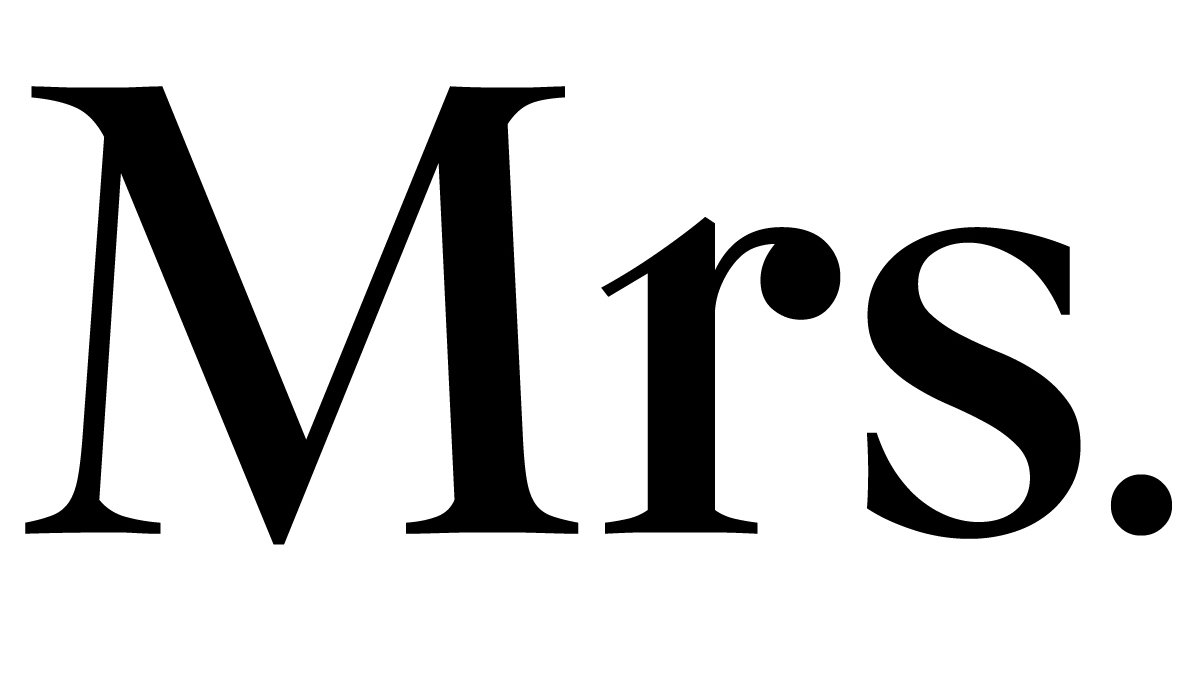ELIZABETH ATTERBURY
Duets
January 15 - March 12, 2022
Elizabeth Atterbury’s show Duets includes a series of new monotypes and three wooden sculptures.
The two largest wooden sculptures, Folding Fan and Second Fan, rest on the floor of the gallery, spreading their wings to reveal, or partially reveal, the logic of their ribs and geometry. They sit low to the ground, ankle height, one caught in the act of unfolding and the other unfolded. Each opens like a deck of cards splayed in hand, gathering towards a point. The fans hold both possibility and potential. The gestures are a controlled broadcast.
Folding Fan is based on an actual small fan that belonged to Atterbury’s maternal grandmother, Lily Wang. It has off-white fabric woven between the cherry wood blades which makes it glow from its lower stance. Second Fan is more matter-of-fact, a compact thought, punctuated with ordered holes and laced with cord, its edges traced with teeth-like notches. The sculptures’ scale, close to our own, is neither overwhelming or comfortable, but disorienting. And perhaps it is the sculptures’ translation from the hand-sized original to human-sized, or the way they have been edited, but they feel separate from this reality. They are an ideal that she has mined out of her everyday world.
The function of a fan as prop is familiar to all of us right now, in the way fans are sometimes used to hide lower features of the face, allowing the eyes to be the sole-communicators. And while the sculptures are unfurled, or partially so, it’s hard not to feel as if a secret has been shared. It’s like seeing the inner workings of an analog clock or learning how a song is structured but with the added thrill of pushing some unstated boundary. When partially folded, there is the sense that something is still left unsaid, unrealized.
The prints that make up the series Calendars are monotypes made at Wingate Studio. While in the print shop, Atterbury removes the traditional ink, intaglio, and editioning and replaces it with cut paper and shaped embossments made from hand cut copper plates. These embossed shapes spring from all parts of her life and history - her kids’ drawings, old studio work, Chinese calligraphy practice paper, negative shapes discovered while cutting the plates themselves. The shapes leave a shadow, their shape, an empty chair - as much about what is there as about what is not there. Atterbury improvises at the press bed, arranging the shaped plates while thinking of individuals, matching forms with dates. She considers how time and its markers can be depicted in a less common order than the typical calendar.
The prints are compositionally contained by a grid structure that sometimes resembles a tennis court of divided fields of color, squares, and bands. Up close the prints are physical, undergirded with layered paper and seams. These various courts hold the action of the cut shapes and embossed forms even as the smaller actions break the original container. The prints read as maps of the future and past, pointing towards the destination while also tracing roads traveled.
The color world of the prints is vibrant mostly by way of contrasting relationships and shifts while each color individually has a manufactured personality - muted and polite. Sometimes the color of the paper below is visible through the top layer but often the previous layers are buried, their only evidence in the weight of the print itself. A hidden world. And the tube-like lines, solo and in tandem, wavering slightly in their handmadeness, bump, contain, press, and burrow through their given courts. They are moles, athletes, comet tails.
The two smaller pieces in Duets are Peanut II and Song I Sang. With Peanut II, Atterbury has again rebuilt and remade a gift to a larger scale and in a different material. When she was a child, Atterbury’s late mother gave her the original peanut, a souvenir from a trip. The gift is a larger-than-life size ceramic peanut shell that opens to reveal two small peanuts snugly nested inside. It’s an alluring object to a child and a perfect metaphor from mother to daughter, who is now a mother herself. Peanut II is carved from basswood and, like the fans, full of potential energy. It is a swaddled baby in its form, its shell carved into a generalized pattern, maybe its own kind of calligraphy. The top half can be removed, splitting the form like the original gift, and inside rests two dice, also made of wood and stationed in their own form-fitting beds. The sculpture calls out to delight, discovery, chance, and loss.
Song I Sang is a punctuation mark to the show. It is a small chine collé print, also embossed with hand-cut plates of overlapped flower forms pressed into an embossed three ring notebook sheet shape. The cut colored paper is based on the pattern formed from a deconstructed envelope. It is made perfectly to the scale of an actual envelope. The two upper bands rest on the lower third band, which is a wobbly but assured foundation for the trio of sections. The binder paper shape is clear while the flower forms are ambiguous. A child’s drawing? Alive or wilted? Beautiful or ugly? Certainly they contain a message. And the envelope shape that makes up the print is shown from both its outside and inside, a double vantage point. Maybe Atterbury is inviting us in and, in doing so, opening her world up for us.
Duets will be on view January 12 - March 12, 2022. For press inquiries and additional information, please contact hello@mrsgallery.com.







